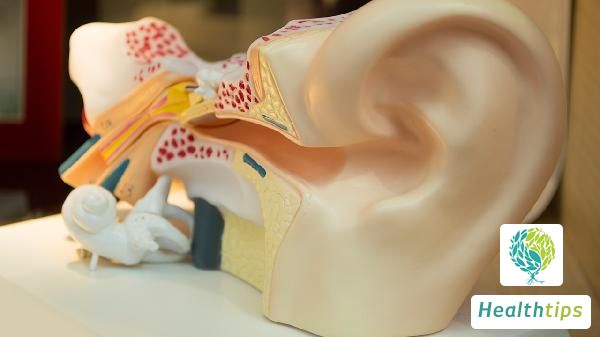"What is Fibrous Cortical Defect of Bone?"
Fibrous cortical defect of bone is a benign bone condition typically occurring in children or adolescents, often due to abnormal bone tissue development. It generally presents with no significant symptoms and can heal spontaneously after skeletal maturity, but differentiation from malignant bone diseases is necessary. Treatment varies based on severity, with mild cases often requiring no treatment, while severe cases may necessitate surgical intervention.

1. Genetic Factors
There is no definitive genetic mechanism for fibrous cortical defect of bone, but certain families have a higher incidence. It may be related to individual gene mutations or genetic susceptibility.
2. Environmental Factors (External Influences)
Certain environmental factors may play a potential role in the bone development of children, such as trauma or chronic mechanical stress that may affect the structure of the cortical bone.
3. Physiological Factors (Internal Influences)
The primary pathological mechanism of fibrous cortical defect of bone is the incomplete maturation of local bone tissue, leading to the replacement of normal trabecular bone structure by fibrous tissue. This is more likely to occur during rapid bone development, such as during adolescence.
4. Trauma and Chronic Stimulation
Minor traumas such as falls and impacts may also induce or exacerbate lesions, especially during childhood when bones are softer.
5. Pathological Factors and Association with Other Diseases
Fibrous cortical defect of bone is commonly seen as symptomatic isolated lesions and rarely occurs in the context of other systemic diseases. It needs to be differentiated from fibrous dysplasia and non-ossifying bone tumors.
1. No Obvious Symptoms
Most affected children experience no discomfort and the condition is often discovered incidentally during imaging studies.
2. Mild Pain or Discomfort
A few individuals may feel local soreness or discomfort after vigorous activity, but the pain is not severe and resolves spontaneously.
3. Risk of Fracture
Due to weakened cortical bone, the lesion site may lead to pathological fractures when subjected to significant external forces.
1. Conservative Observation
For asymptomatic cases with small lesions, regular follow-up imaging studies are typically recommended, allowing spontaneous healing with growth and development. This treatment is safe, reliable, and non-interfering.
2. Medical Treatment
For mild pain, non-steroidal anti-inflammatory drugs such as ibuprofen or acetaminophen can be used under medical guidance to relieve pain. Appropriate calcium and vitamin D supplementation can promote bone health.
3. Surgical Treatment
Surgical intervention may be considered for severe cases or those at risk of pathological fractures:
(1) Curettage: Removal of fibrous tissue from the lesion area.
(2) Bone Grafting: Replacement of the defective bone structure at the lesion site.
(3) Internal Fixation: Stabilization of the damaged bone with plates, screws, etc., to prevent further fractures.
1. Dietary Support for Bone Health
Increase intake of calcium- and vitamin D-rich foods such as dairy products, leafy greens, and deep-sea fish to enhance bone density and strength.
2. Avoidance of Injuries
Adolescents should avoid bone injuries caused by vigorous activities, such as high-intensity sports or jumping.
3. Regular Health Examinations
For children with a history of bone disease or prenatal detection of cortical bone abnormalities, parents should regularly take their children for skeletal X-ray examinations to ensure that the condition has not worsened. Although most fibrous cortical defects of bone are harmless, close monitoring of changes in the condition is necessary, especially in children and adolescents undergoing rapid growth. If symptoms worsen or a suspected fracture occurs, medical attention should be sought promptly to select an appropriate treatment plan and ensure healthy bone development.



















